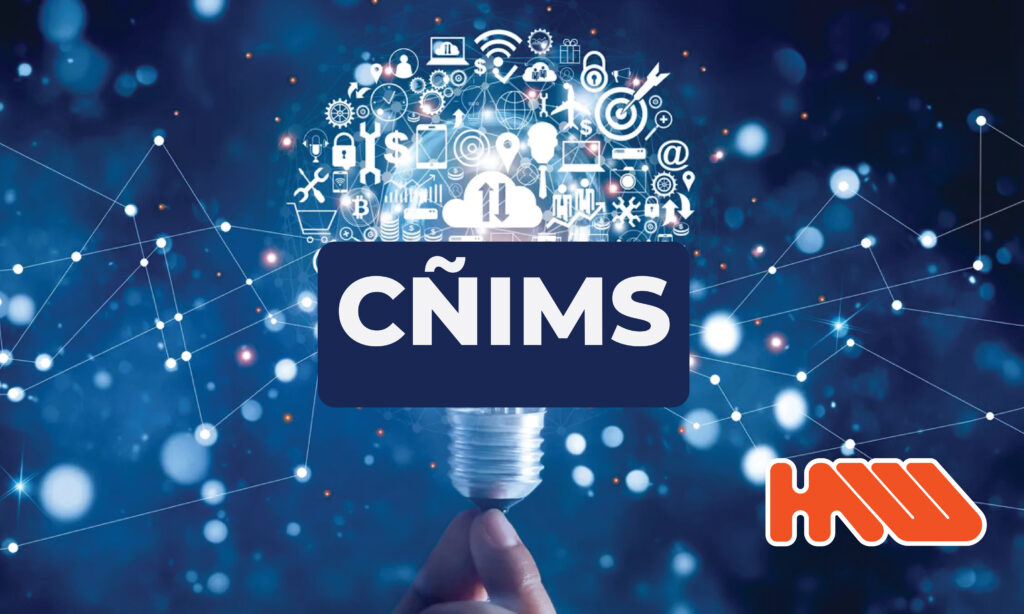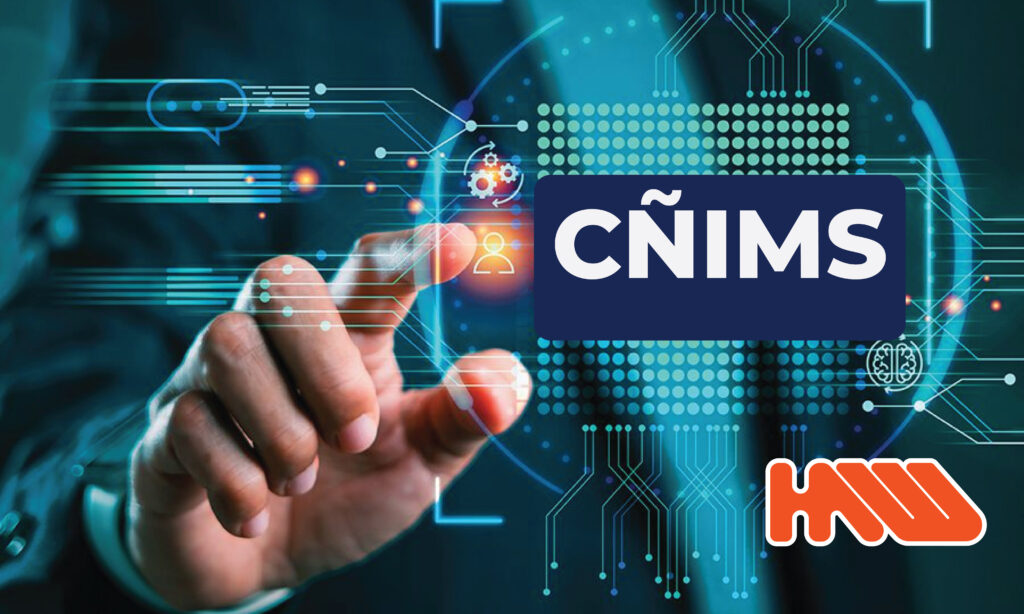Have you ever felt like you’re on the cusp of something monumental? A shift so profound it promises to redefine everything we thought we knew? In the worlds of medicine, technology, and human consciousness, that shift has a name that’s beginning to echo in the halls of innovation: CÑIMS.
You may have seen the acronym pop up in a science journal, a tech forum, or heard it mentioned by forward-thinking academics. It sparks curiosity, but clear information has been scarce until now. If you’re wondering what this emerging powerhouse is all about, you’ve come to the right place. We’re taking a deep dive into the vision, the science, and the very human story behind CÑIMS.
The Genesis of CÑIMS: More Than Just an Acronym
First things first, what does it stand for? CÑIMS is the Center for Ñeural and Integrative Medical Sciences. But it’s so much more than its name. It wasn’t born in a sterile corporate boardroom; it was conceived over late-night coffees and impassioned debates between its two visionary founders, renowned neuroscientist Dr. Anya Sharma and computational biologist Dr. Ben Carter.
They saw a disconnect, a chasm between different fields of study. Neurologists worked in one silo, geneticists in another, and AI developers in a third. They dreamed of a place where these brilliant minds wouldn’t just coexist but would collaborate a place where the rigid boundaries between disciplines would dissolve. The goal was to create a research and educational environment that treats human health not as a series of isolated systems, but as one deeply interconnected whole. This foundational idea is the very DNA of CÑIMS.

The Core Mission: Redefining Health Through Integration
At its heart, the mission of CÑIMS is to pioneer a new paradigm of medicine. Traditional approaches often focus on treating symptoms. You have a headache, you take a painkiller. You feel anxious, you’re prescribed a standard medication. This institute asks a more profound question: Why?
The “Integrative” in its name is key. Think of it like a master detective solving a complex case. A traditional detective might find a single clue, like a footprint, and try to solve the case based on that alone. But the CÑIMS approach is to gather all the evidence the genetics (the family history), the microbiome (the environment), the neural signals (the eyewitness testimony), and the psychological state (the motive) to see the complete picture.
This means integrating:
- Artificial Intelligence and Machine Learning: To analyze massive datasets and find patterns invisible to the human eye.
- Genomics and Proteomics: To understand an individual’s unique biological blueprint.
- Neuroscience: To map the intricate workings of the brain and nervous system.
- Behavioral and Cognitive Sciences: To connect our biology with our thoughts, feelings, and actions.
This holistic approach is what sets CÑIMS apart from nearly every other research institution on the planet.
Inside the Labs: A Glimpse into CÑIMS’s Research Pillars
So, what does this integration look like in practice? The work at CÑIMS is organized around several groundbreaking research pillars, each tackling some of humanity’s most pressing health challenges.
Computational Neuro-Analytics
This is where big data meets the brain. Researchers here are developing sophisticated AI models to decipher the brain’s complex language. Imagine being able to predict the onset of a neurodegenerative disease like Parkinson’s or Alzheimer’s years before the first physical symptoms appear, simply by analyzing subtle changes in speech patterns or brainwave activity.
They work with predictive models that can be simplified to a conceptual formula like Y=β0+β1X1+⋯+ϵ, where Y is the outcome (e.g., disease risk) and the X variables represent countless biological and behavioral markers. The work from the neuro-analytics team at CÑIMS is turning this futuristic concept into a tangible reality.
Bio-Integrative Therapies
This pillar is dedicated to creating truly personalized medicine. Gone are the days of one-size-fits-all treatments. Here, scientists are engineering therapies tailored to your unique genetic code and gut microbiome.
One of their flagship projects involves developing “smart” drug delivery systems. Picture a nanoparticle that can navigate your bloodstream, identify a cancerous cell by its specific protein signature, and deliver a potent dose of medication directly to that cell, leaving healthy tissue completely unharmed. This is the level of precision that CÑIMS is striving for.
Cognitive & Behavioral Sciences
This department explores the most intimate part of our being: our consciousness, our emotions, and our mental health. The researchers at CÑIMS understand that you cannot heal the body without understanding the mind.
Their work is incredibly human-centric. They are pioneering the use of virtual reality (VR) to provide safe and controlled therapy for veterans with PTSD. They are studying the neural effects of mindfulness and meditation to develop evidence-based wellness strategies. They are even delving into the philosophical and scientific questions of what makes us us, exploring the neural basis of consciousness itself.
Education at CÑIMS: Training the Next Generation of Innovators
CÑIMS isn’t just a research hub; it’s a revolutionary educational institute. It offers highly competitive post-doctoral fellowships and specialized doctoral programs designed to shatter academic silos.
Imagine being a student here. Your primary supervisor might be a neuroscientist, but your project team includes a machine learning expert, a geneticist, and a clinical psychologist. Your coursework isn’t just about memorizing facts; it’s about learning to ask the right questions and to speak the languages of different scientific disciplines. Students at CÑIMS are not trained to be cogs in a machine; they are trained to be the architects of the next scientific revolution. The collaborative spirit is palpable, fostering an environment where innovation isn’t just encouraged it’s inevitable.
The “Ñ” Factor: What Makes CÑIMS Truly Unique?
Let’s talk about that unique letter: the “Ñ”. It’s a deliberate and symbolic choice. The tilde (~) in mathematics and logic represents relation or approximation, and at CÑIMS, it symbolizes the connections they are building. The “Ñ” stands for:
- Ñeural: A nod to their core focus on the brain and nervous system.
- Ñexus: Highlighting their role as a central connection point, or nexus, for different scientific fields.
- Ñew: Representing their commitment to forging a completely new path in science and medicine.
This philosophy the “Ñ” factor is what truly defines the institute. It’s a commitment to open-source data sharing, radical collaboration, and a profound sense of ethical responsibility, especially regarding the use of AI in healthcare. This core identity is what makes CÑIMS a potential leader for the future.
The Global Impact and Future Vision of CÑIMS
Though emerging, the influence of CÑIMS is already being felt. The institute is actively building partnerships with leading universities, hospitals, and ethical tech companies across the globe. Their vision is not to hoard their discoveries but to disseminate them, creating a global network dedicated to advancing human health.

What does the future look like in a world shaped by CÑIMS? It’s a world where Alzheimer’s is a manageable, predictable condition. It’s a world where mental healthcare is as personalized and precise as cancer treatment. It’s a world where we understand the intricate dance between our genes, our brains, and our environment, allowing us to live healthier, longer, and more fulfilling lives.
CÑIMS is More Than an Institute; It’s a Movement
To put it simply, CÑIMS is an ambitious bet on the power of integration. It’s a belief that the answers to our greatest challenges don’t lie in one field, but in the spaces between them. It is both a physical place of research and a philosophical movement pushing the boundaries of what’s possible.
As this emerging institute continues to grow, its name will undoubtedly become synonymous with the next era of medical discovery. It represents hope, innovation, and a deeply humanistic approach to science. Keep your eye on it the work being done here today is shaping all of our tomorrows.
Frequently Asked Questions (FAQs)
1. What does CÑIMS stand for? CÑIMS stands for the Center for Ñeural and Integrative Medical Sciences. It’s a research and educational institution focused on combining neuroscience, genetics, AI, and behavioral science to create a new, holistic model of medicine.
2. Is CÑIMS an accredited university? CÑIMS is primarily a specialized research institute that offers highly competitive post-doctoral fellowships and accredited doctoral programs in partnership with established, world-class universities. It is not a traditional four-year undergraduate university.
3. Who can apply to study or work at CÑIMS? Applicants typically come from advanced academic backgrounds in fields like neuroscience, computational biology, medicine, computer science, and psychology. CÑIMS seeks out researchers and students who have a strong passion for interdisciplinary collaboration and a desire to solve complex health problems. You can find more information on their official collaborations and admissions portal.
4. Where is CÑIMS located? CÑIMS operates as a global consortium rather than being tied to a single physical campus. It has key research hubs and partnerships in North America, Europe, and Asia, allowing for a diverse and international exchange of ideas and talent.
5. What are the main research areas at CÑIMS? The primary research pillars at CÑIMS include Computational Neuro-Analytics (using AI to understand brain data), Bio-Integrative Therapies (developing personalized and targeted medical treatments), and Cognitive & Behavioral Sciences (exploring the connection between the brain, mind, and mental health).
Curious for more? Dive deeper on our site now! Http News Well

